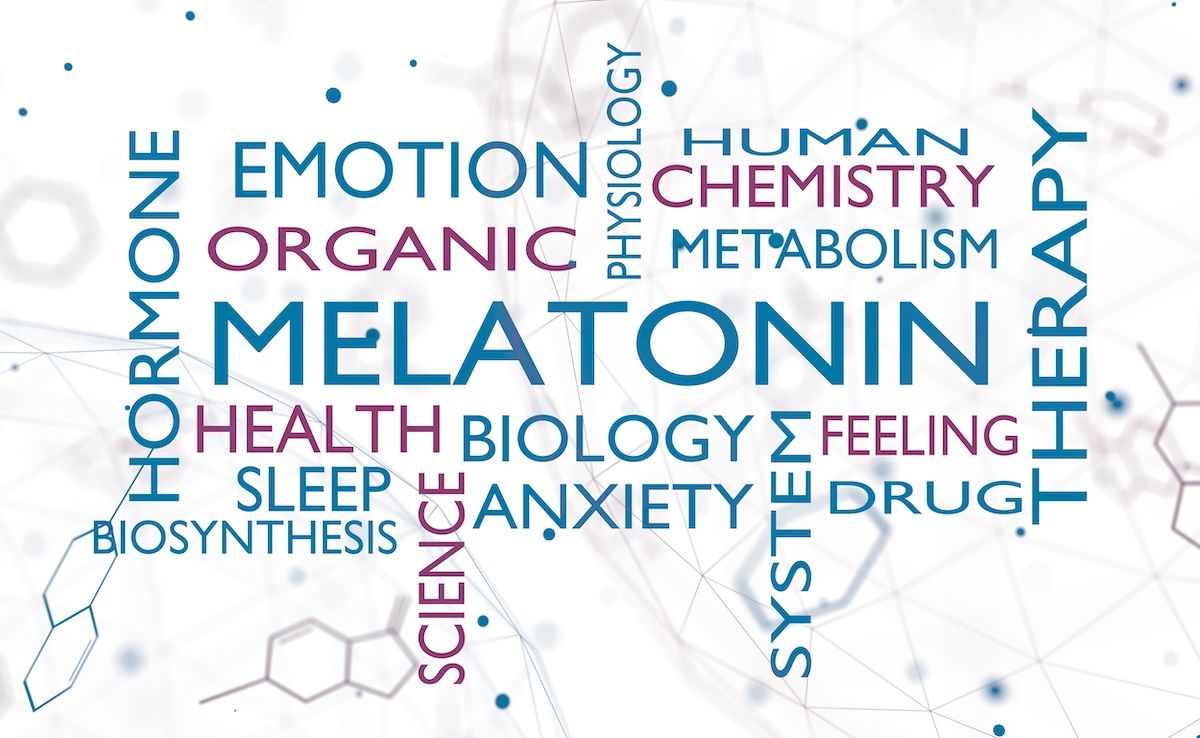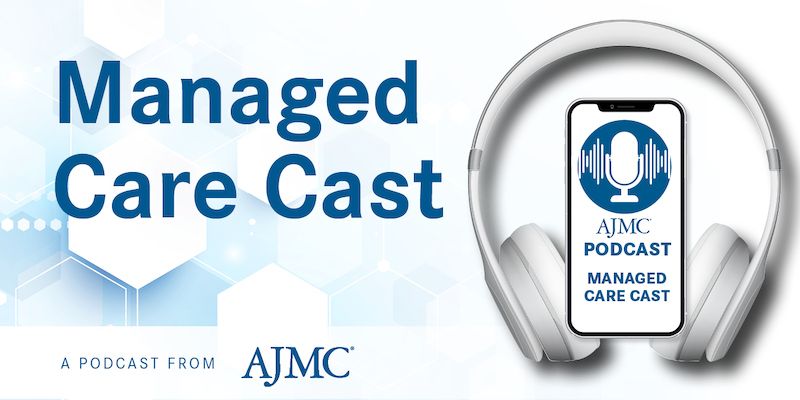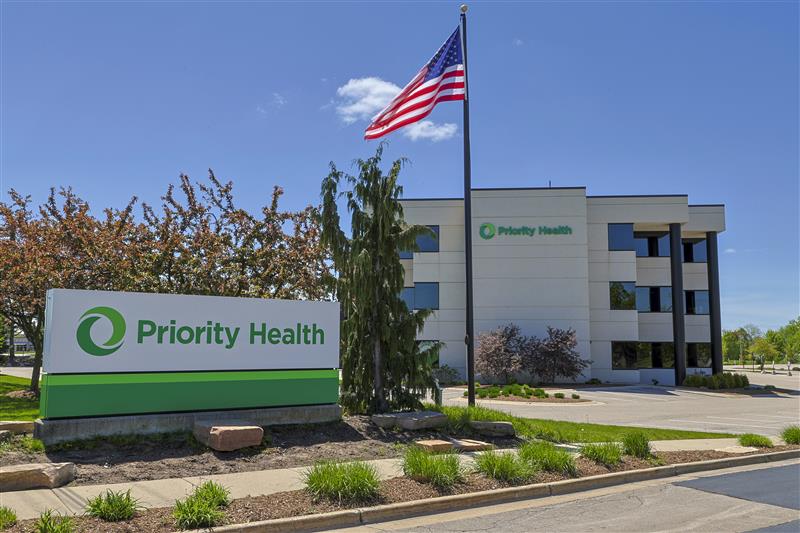Commentary
Video
Unique Challenges for Younger NHL Populations: Andrew Evens, DO
Author(s):
Adolescent and Young Adult Cancer Awareness Week serves as an opportunity to shed light on the special considerations and experiences of younger oncology patient populations.
April 1-7 marks Adolescent and Young Adult (AYA) Cancer Awareness Week, an important time to consider the experiences of younger patients receiving oncology, navigating new diagnoses, and more. AYA patients can face multiple unique challenges as they seek to manage their condition. In this interview with The American Journal of Managed Care, Andrew Evens, DO, MBA, MSc, Rutgers Cancer Institute and Jack & Sheryl Morris Cancer Center, spoke to the obstacles AYA patients with lymphoma may encounter, whether they are diagnosed with Hodgkin lymphoma, diffuse large B-cell lymphoma, or another subtype of non-Hodgkin lymphoma (NHL).
This transcript has been lightly edited; captions were auto-generated.
Transcript
What are the some of the unique challenges AYA patients with NHL face when navigating their diagnosis?
The AYA definition is ages 15 to 39 years old. When you look at lymphoma, for most lymphomas, the risk or incidence rises with age. That's true, [but] there is 1 Hodgkin lymphoma that is much more common in your 20s and 30s. Hodgkin lymphoma is the most common lymphoma we see, followed by diffuse large B-cell lymphoma, and these are different than older patients. They're more enriched with unique subtypes for that age group.
Number 2, and I didn't mention it in the first sentence, is biology. Is there something within the actual tumor cells that, in somebody with Hodgkin lymphoma who's 25, is different than year 55? Some early signs point to yes. There may be different biology, and where that can be important is biology identifies potential treatment options, targeted treatment options. Many of our treatments are targeted.
The other big bucket of challenges are social factors. These are whether they're in high school or college or have their first job. What is their insurance status? Are they still on their parents’ insurance? Are they new adults and now they're on their own insurance? Do they not have insurance? There’s a lot of unpredictability. Insurance, when you're dealing with treatments that can be sometimes tens of thousands, hundreds of thousands of dollars, is unique. Not to say everybody who's 50 years old has insurance, but it's much more uncertain in this age group.
The other [challenge] is historically different treatments and different guidelines. And what I mean by that is our pediatric colleagues—I'm an adult oncologist—treat from age 1 until usually up until low 30s, or at least high 20s. We treat down to 18 and above; no upper age for us. There's that crossover from at least 18 to 30, where historically there were very different treatment paradigms where pediatric oncologists would treat a 25-year-old very different than we would. And I think, because of all of these factors, when you look at the progress of improving outcomes and cures of lymphoma overall, there's been some improvement for AYA, but less than older age groups of patients in their 40s, 50s, and 60s. There’s probably not one reason of why there's been less improvement in cure rates in AYAs; it's probably all of those reasons I just talked about.
Newsletter
Stay ahead of policy, cost, and value—subscribe to AJMC for expert insights at the intersection of clinical care and health economics.





